When attending a full-day conference, sitting down to listen to talks all day can quickly become exhausting mentally (and uncomfortable, physically). To stimulate blood flow and creative juices, the Salon Owners Summit introduced workshop rotations about three years ago. Unsurprisingly, they’ve gone from strength to strength ever since, and attendees get to leave with actionable insights from hands-on exercises. This year, the Dublin flagship event welcomed three highly energetic speakers: Kristian Tognini, Ryan Power and Phil Jackson.
If Kristian loves fun branding, he also has a deep drive to question the industry and the world around him. He strives for better results, more efficiently. With that in mind, it’s no surprise he introduced attendees to his preferred and unconventional framework for strategic planning. Meet the Russian brothers Morov, Lessov, Ridov and their cousin, Tossin.
Listen to the audio version of this blog, and subscribe to the Phorest Blog Podcast here:
Table of contents
- Morov: what do you need more of in your business?
- Lessov: what do you need less of in your business?
- Ridov: What do you want to get rid of in your business?
- Cousin Tossin: what do you want to toss into the mix?
- What comes after identifying your wants and needs
Morov: what do you need more of in your business?
In his workshop, Kristian Tognini exemplified the first Russian brother Morov with what his Australian family-owned salon was looking for:
- Younger followers
- Quality education and training skills
- Exposure for education
- Opportunities for existing staff to be involved in education
However, as you know, every salon or spa is different. What does your business need more of?
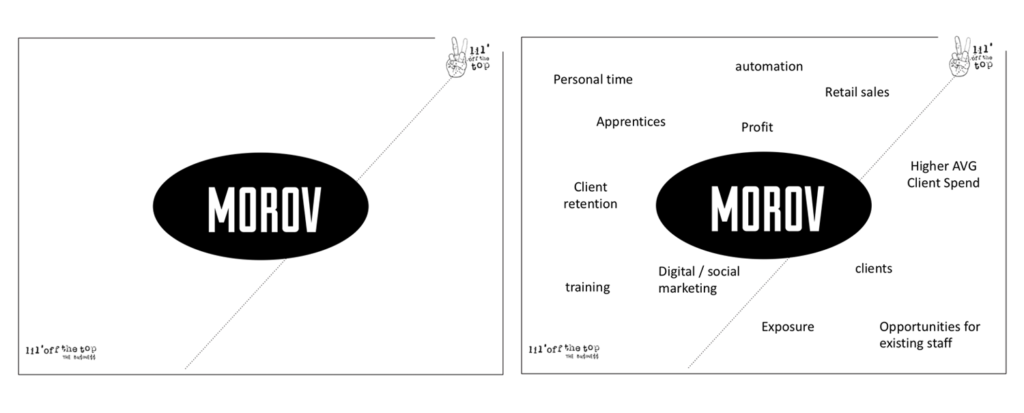
Workshop by Kristian Tognini, Salon Owners Summit 2020
Better time management and planning? More personal time, retail sales, profit or exposure? What about more effective email marketing — topic tackled by Ryan Power in another Salon Owners Summit breakout session?
To better illustrate the concept, we’ll take what UK-based salon owner and coach Ryan identified as the five top emails you should send morov (see what we did there!). They’ll probably end up in your Morov list too.
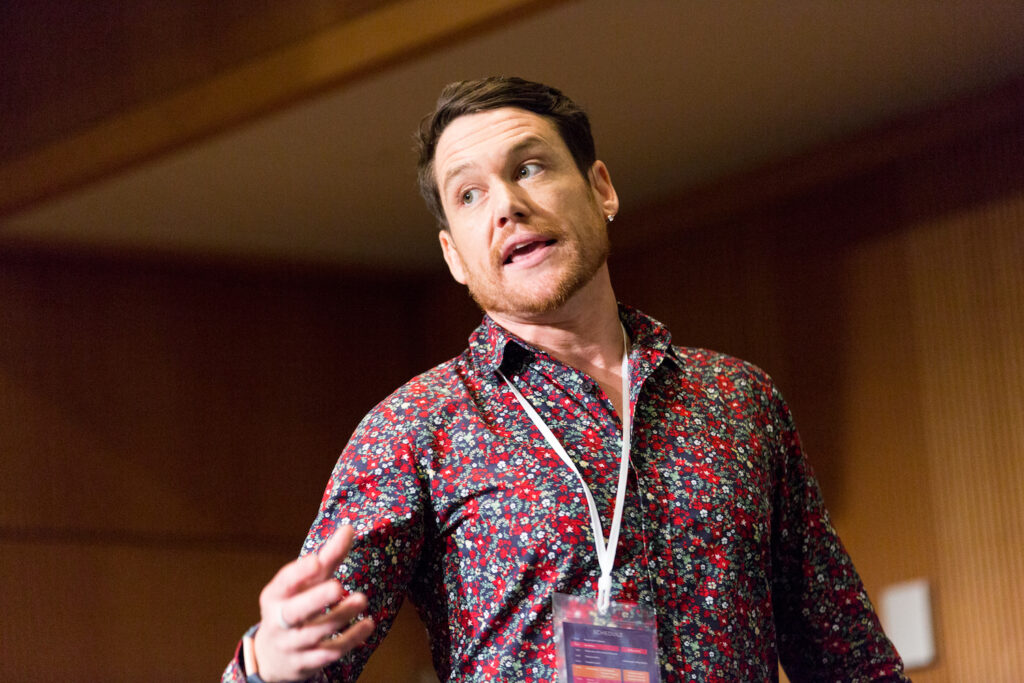
Salon owner and coach
Karl Hussey Photography 2020
1. Client case studies
You think reviews are great? Wait until you try case studies. In emails, they’re better than reviews because they sell transformations. Start by telling your client’s story — where they came from, how they felt before your solution, what you did, and why. Then, follow that up by the result(s) they achieved and how they feel about themselves now.
2. Storytelling
Storytelling works for both social media marketing and email — we’ve become conditioned to respond to stories. Tackle any topic you find fitting, use open loops and cliffhangers, and don’t be afraid to relate to your personal experiences.
3. Checking in
If you’ve recently noticed your client retention rate dropping a little, then a simple “is everything ok?” can do wonders for your salon. Remember one thing; with the number of options we get targeted with each day, your clients need to be reminded of doing business with you.
4. Expert advice
Three words here: share your knowledge. When you do so, you can charge more, uncover new opportunities, reduce cancellations and no-shows, get a better response to your retail recommendations and increase referrals.
5. Are you still interested?
The last type of email recommended in Ryan Power’s #SalonSummit2020 workshop comes from a place of caring, and is meant to reignite enquiries that initially led to nowhere (abandoned online bookings carts, for example). And this style of email doesn’t have to be complicated. Often, a simple: “Hey Clare, Are you still interested in [insert treatment or service]?” will get your clients booked in.
Lessov: what do you need less of in your business?
For Kristian’s business, brother Lessov represented the need to have less:
- Reliance on existing educators
- Heavy dependence on product suppliers’ education
But what does Lessov mean to you? What do you want less of in your business or personal life?
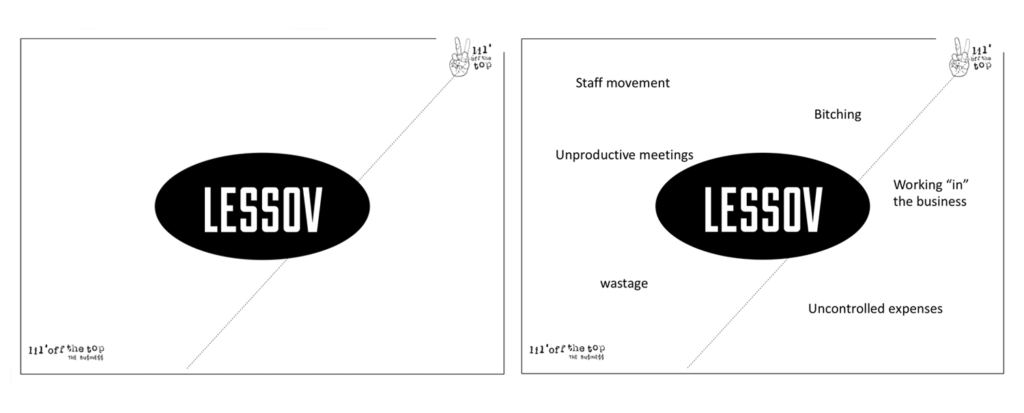
Workshop by Kristian Tognini, Salon Owners Summit 2020
Less unproductive meetings? Or maybe — to once again illustrate this part with Ryan Power’s workshop — less ineffective email marketing tactics, such as newsletters and promotions?
Let’s face it; newsletters get stuck in filters, don’t look good on mobile, their images don’t always download, and are often viewed as a sales pitch. What if they were personal, plain text weekly emails instead — similar to those you’d send a friend or family member?
As for the regular use of promotional offers and space availability announcements, they’re brand damaging. When you use them often, you essentially tell your clients they never have to pay the full price for a service or never have to pre-book because you always have gaps. Instead, send morov value-filled emails, to which you can then add a “P.S.” promotional line.
For more advice from Ryan Power, listen to Phorest FM Episode 108 on which he discusses how salon owners can use the blurred lines of business and personal social media profiles to their advantage:
Now, as you go through Kristian Tognini’s Russian brothers exercise and framework, you’ll find you always go back to adding morov things to your list, which frankly is quite normal. Everyone wants “more” in their lives. However, you can’t keep adding new things without removing older ones. Hence the next question.
Ridov: What do you want to get rid of in your business?
By now, the Russian brothers concept is probably getting a lot clearer. That doesn’t mean you should take less time to reflect on this third part than you did for Morov and Lessov.
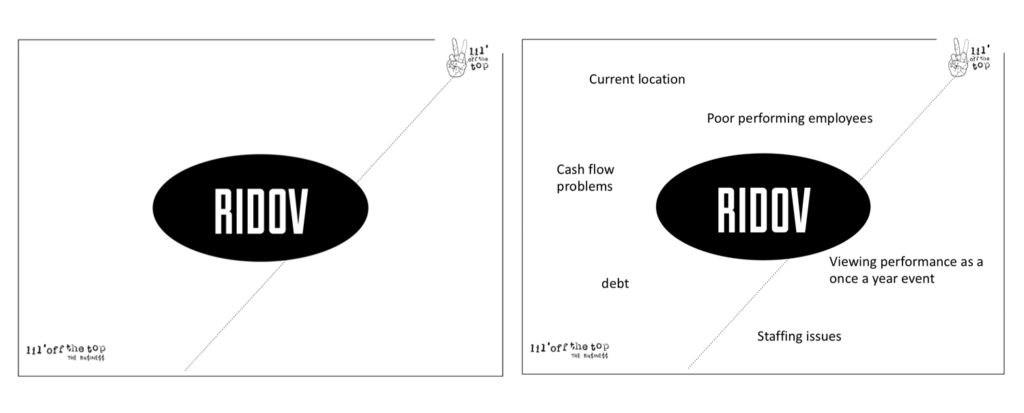
Workshop by Kristian Tognini, Salon Owners Summit 2020
We won’t exemplify brother Ridov, but what does he mean to you? Here are a few ideas to help you get think creatively about this section:
- The fear to progress
- Established and preconceived views or opinions of your business
- Your current location
- Viewing performance as a once a year event
- Staffing issues
- Debt and/or cashflow
Cousin Tossin: what do you want to toss into the mix?
Tossin ideas are potential long-term goals. Things that could easily take up to a year to implement, but could bring significant growth to your business. For Kristian and his team, this meant starting a new company and getting the existing salon into retail e-commerce.
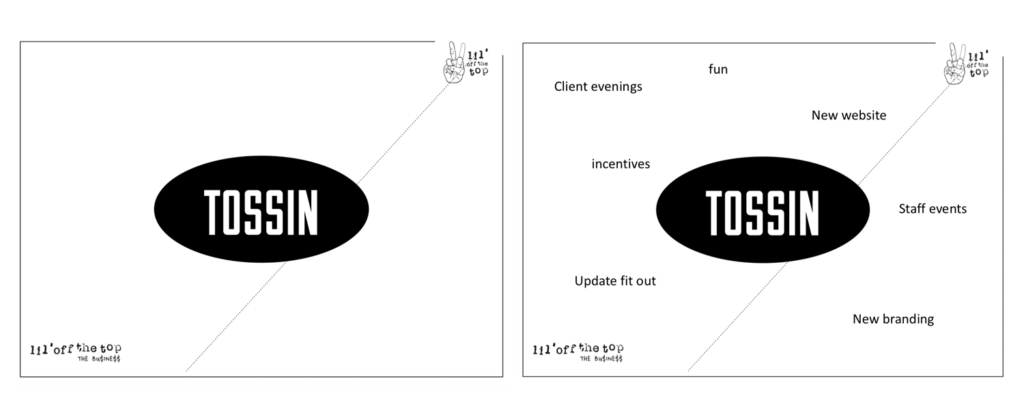
Workshop by Kristian Tognini, Salon Owners Summit 2020
What could you toss in the mix? Client evenings, a new website, staff events or maybe salon memberships?
Being it’s a particularly popular idea, and that UK-based salon coach Phil Jackson focused his Salon Owners Summit workshop on the topic, we’ll look at what it would take to tossin memberships into your salon business strategy.
Turning Bravo Hairdressing around with salon memberships
Before implementing his membership program, Phil Jackson’s salon — Bravo Hairdressing — was losing staff, money, and his accountant said they had six months left to make the team redundant and close up shop.
Shortly after that call, he happened to meet an independent gym owner whose fixed costs were all paid on the 1st of the month. The idea of getting rid of the first of the month anxiety, as Phil puts it, became extremely appealing. However, to put it in his words: “The gym membership model relies on the fact that people like me join the gym and then don’t go. In fact, most gyms couldn’t function on their current pricing model if all of their members turned up and used the facilities. I didn’t want that for the salon memberships. It had to provide incredible value to the customer, as well as being a financial win for us.”
With his back against the wall, he implemented memberships and turned the business around in about twelve months. Today, he stresses that salon memberships aren’t a fit for every business, and advises salon owners to seriously consider the following five aspects before jumping into the deep end.

Salon owner and coach, speaker, author
Karl Hussey Photography 2020
1. Packages
At Bravo Hairdressing, club members are the most profitable clients. That’s because the membership packages don’t bundle unpopular services together. If you go down that road, you’re likely going to need discounts to make your program attractive. Hence, when thinking about your packages, don’t overcomplicate things. You need to be able to sell your membership program in a sentence. For instance, “our basic package is unlimited haircuts.”
2. Pricing
Determining your pricing is a crucial step in setting up salon memberships. Work out the basics of your pricing by looking at:
- How many services on average would your average client book in for during a period of 12 months? (example: 7.5 services)
- If you increase their visit frequency slightly, what would that bring it up to? (example: 8 services)
- How much is that worth yearly if your average treatment cost is let’s say 70$? (example: 560$)
Split that into 12 equal payments, and you’ve got your base number. Then consider the added benefits, loyalty rewards, upsell opportunities, and adjust your figure accordingly.
3. Benefits
What extra benefits could you introduce for your members? At Bravo Hairdressing, an example was the “mayday voucher,” which members can use once per month to be seen urgently. Take some time to brainstorm and come up with potential ideas that would fit your salon’s culture.
4. Membership agreements
Because this section varies considerably depending on your salon’s location, make sure you have a sit down with your accountant to figure out the logistics behind setting up salon memberships:
- Rolling yearly agreement
- Cancellation mechanism
- Payment platform, etc.
5. Marketing
Lastly, how will you raise awareness and market your programme? Pro tip for this one; try Marcus Allen’s playbook for thinking like a startup.
For more advice from Phil Jackson, listen to Phorest FM Episode 103 on which he discusses how can salons take drive more conversations with clients by using Facebook Messenger:
What comes after identifying your wants and needs
Unsurprisingly, the next step should be to prioritise your top three wants and needs. Once you’ve nailed that down, define your strategy (or various strategies) and act on it/them. Who will be involved, and at which stages of the process? What are the first actions you or some of your staff can take?
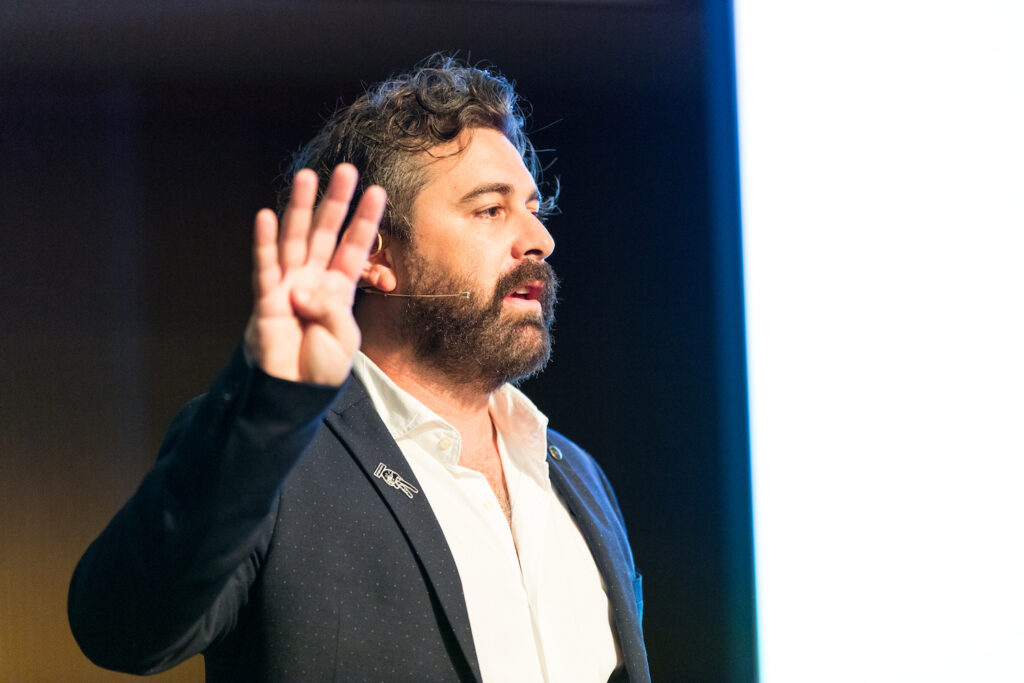
Salon owner, innovator and executor
Karl Hussey Photography 2020
In Kristian Tognini’s words: “When you action a strategy, it’s like a ladder. What are you starting your bottom ladder with; what’s the one thing that you can do first?”
Want to be in the heart of the action next year?



